
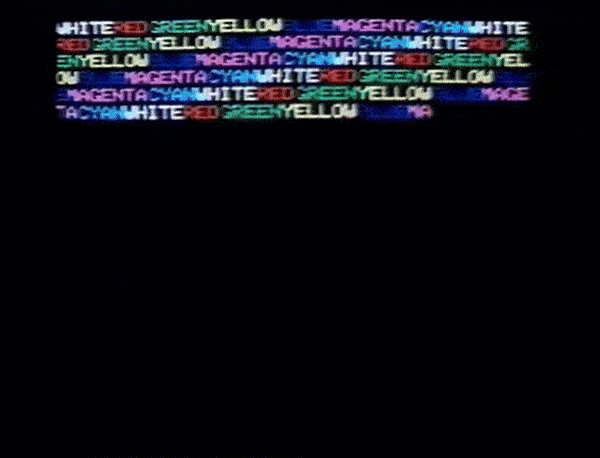
Prextend was an improvement of the graphics on Prestel. Colours and font size could now be changed without including an empty character (just like with Minitel/Antiope). via


Prextend was an improvement of the graphics on Prestel. Colours and font size could now be changed without including an empty character (just like with Minitel/Antiope). via



Picture Prestel was an experimental feature of the videotex service Prestel. It was demonstrated in 1980, while Prestel was already struggling to attract users. Meanwhile, videotex inventions with better graphics started to emerge. Telidon and NAPLPS had vector graphics, Minitel had better textmode graphics, and CAPTAIN had photographics.
Picture Prestel was never really meant to be implemented, at least not until the end of the 80s.
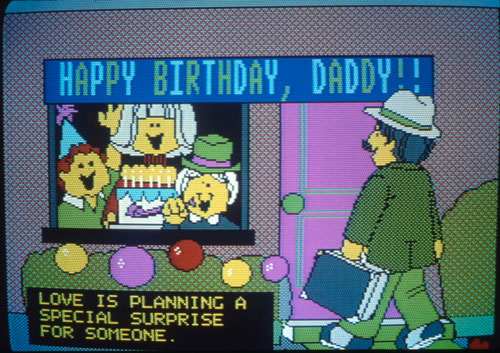

Genesis StoryTime was a videotex storybook that was broadcast in Canada and USA, 1983-1990. The Telidon graphics were converted to video and broadcast like a regular TV-channel, usually without sound. Images and video from Tedium.
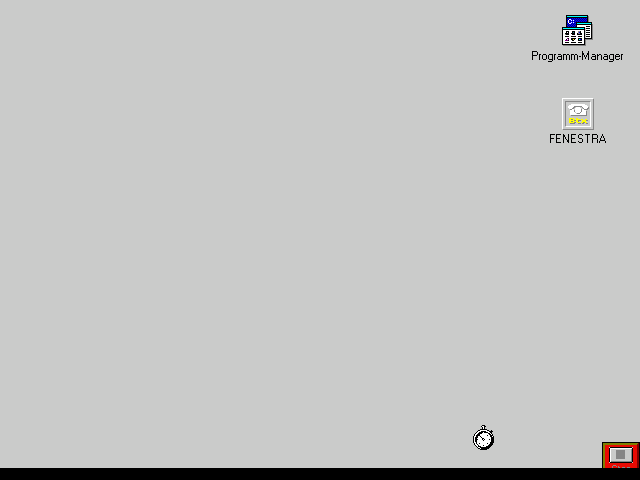
Booking a train with the German BTX videotex service in 1994. I believe the whole screen is text-mode, using all the tricks of BTX (custom characters, multi-colour characters, etc). Video by Anna Christina Naß, via pagetable where more videos are available.
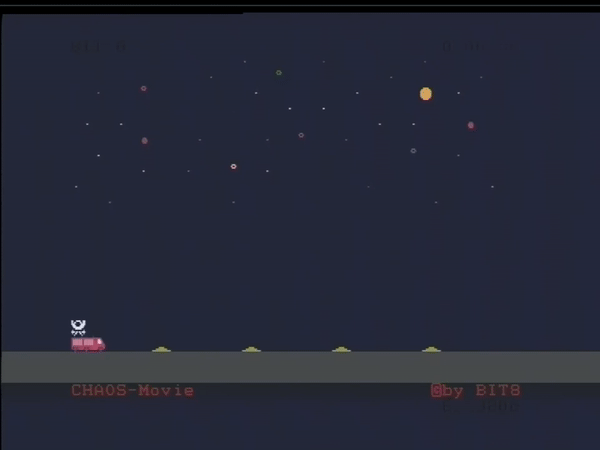
Chaos Movie by BIT8, 2020. This is actually text-mode, although a very enhanced one. It uses the German videotex standard BTX that has several character sets/fonts and allows 94 customized characters (in multiple colours) and various effects, useful for animation. The CEPT videotex standard was modelled on BTX.
The animation runs on a Commodore 64 using an official BTX-peripheral, which is basically a little computer in itself.
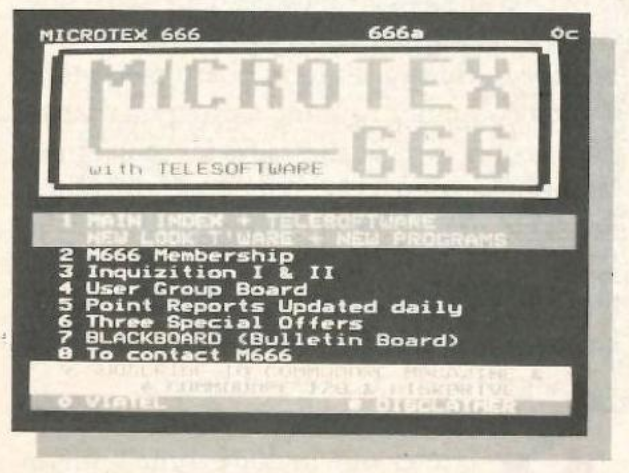
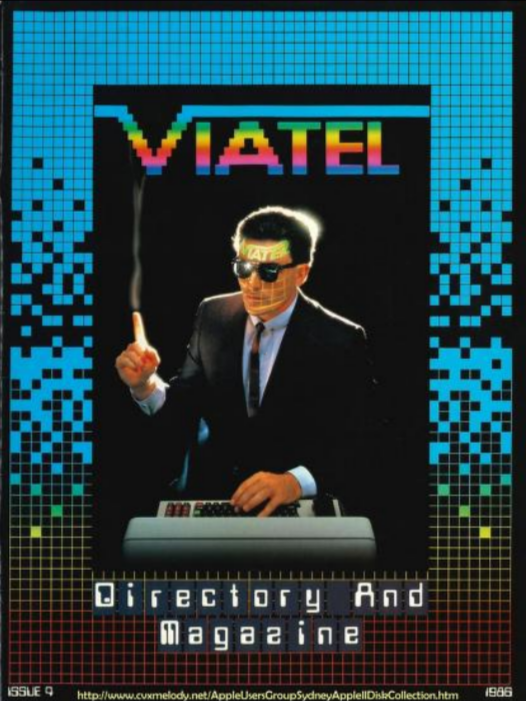
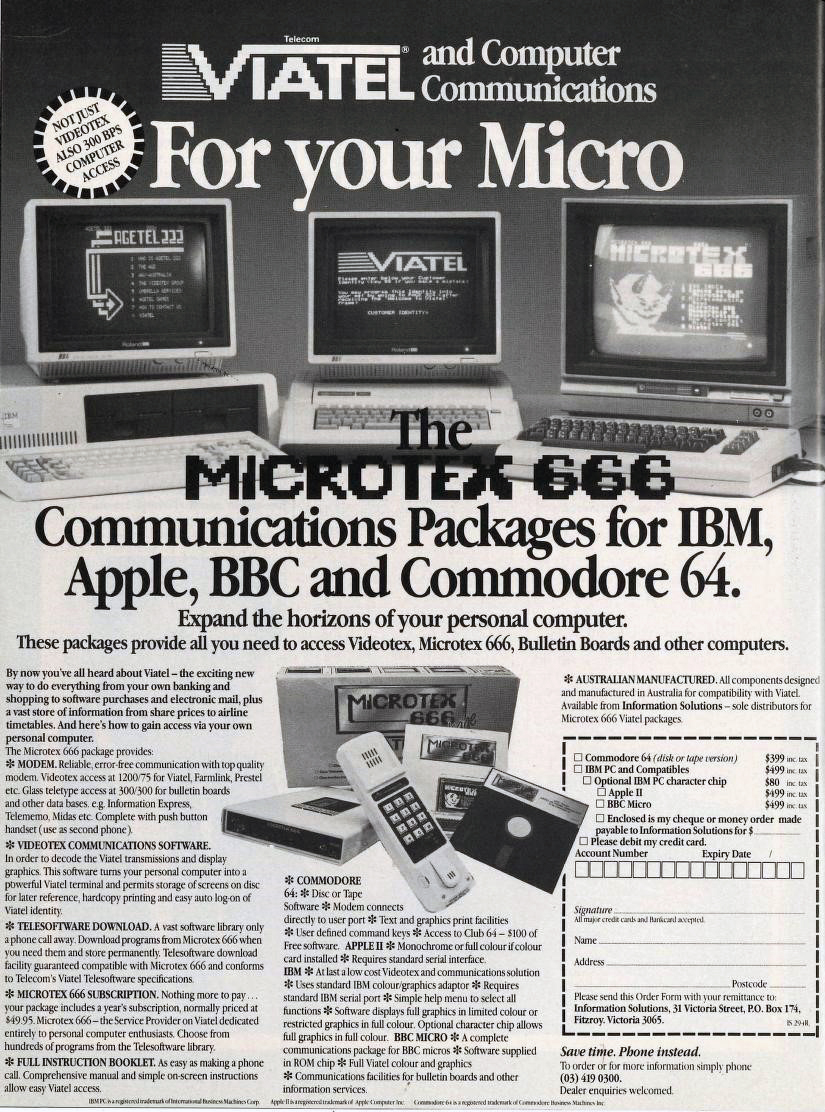
Microtex 666 (1986-1989) was a videotex service on the Australian network Viatel, where it was the only service to cater specifically to computer users in 1986. It featured telesoftware (downloadable software for free or at a cost), lists of BBSs (not on videotex), programming resources, the turnbased multiplayer game Great Galactic Conflict (updated weekly) and a bulletin board called Blackboard. While other Viatel boards were apparently moderated by hand, Microtex automatically removed obscenities and updated the pages every 15 minutes during peak hours.
The brand was also used for a hardware/software bundle for dial-up services (videotex, BBS, etc). C64, DOS, Apple II and BBC Micro were supported.
Source: Viatel Directory and Magazine Vol 4, 1986.

This looks like a great keyboard for text graphics. There are dedicated keys for switching character sets, choosing and defining colours, manipulating fonts (DCRS), etc. Towards the top right, it looks like a dedicated set of keys for “pixeling” on a sub-char level?
This is the TBT-03 keyboard by Loewe, for the MCT 26 television. Circa 1984. It is used for the German videotex format BTX (and possibly other similar CEPT-standards like the Mupid?). Found here. Also see the TBT-02 keyboard
Snapsots from Minitel Rose, the xexy part of the French proto-internet system Minitel. Courtesy of @ViewdataUK and @1010101.